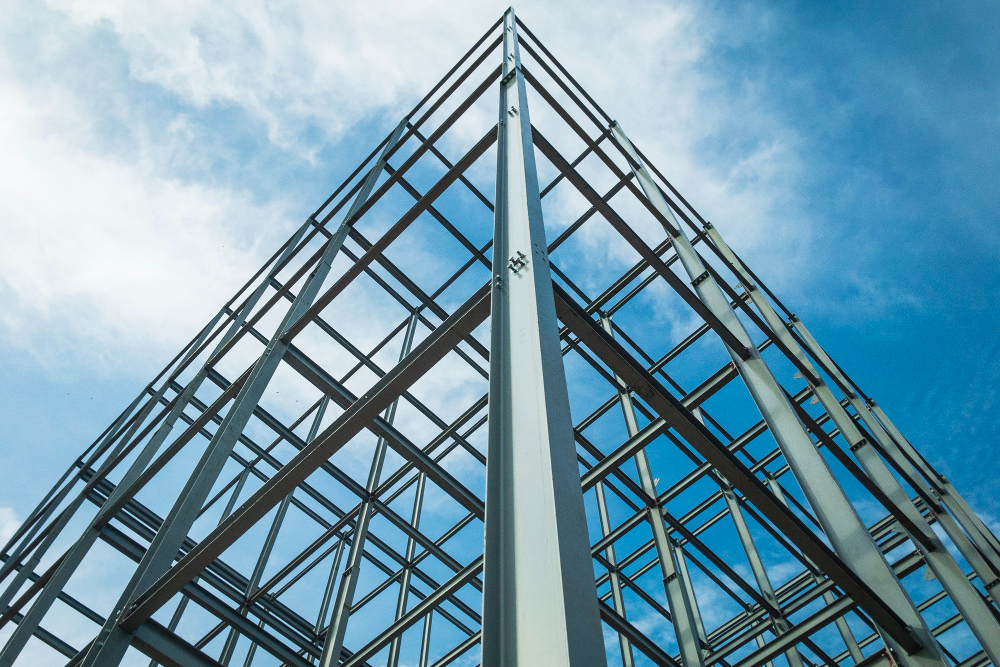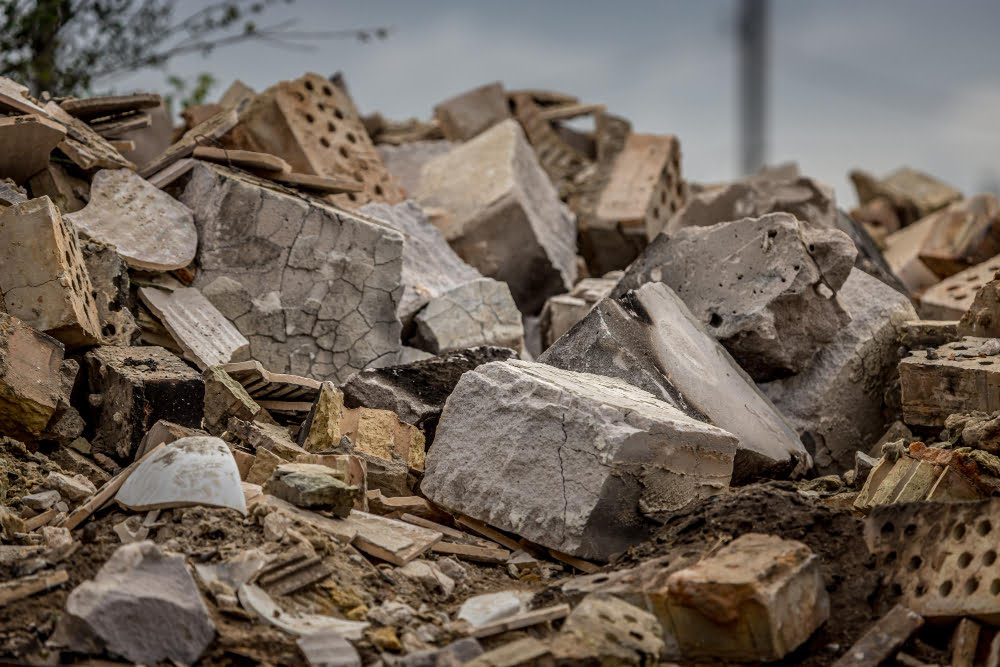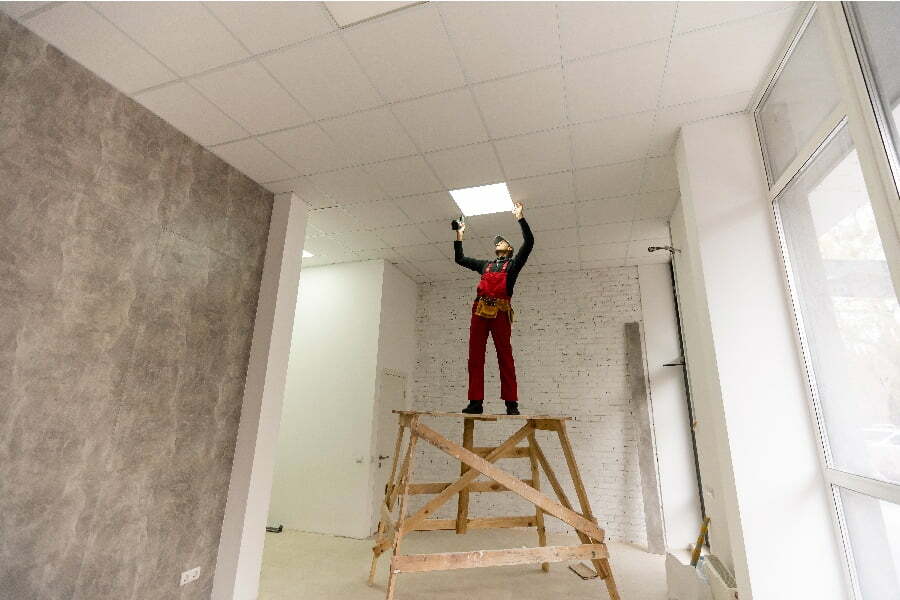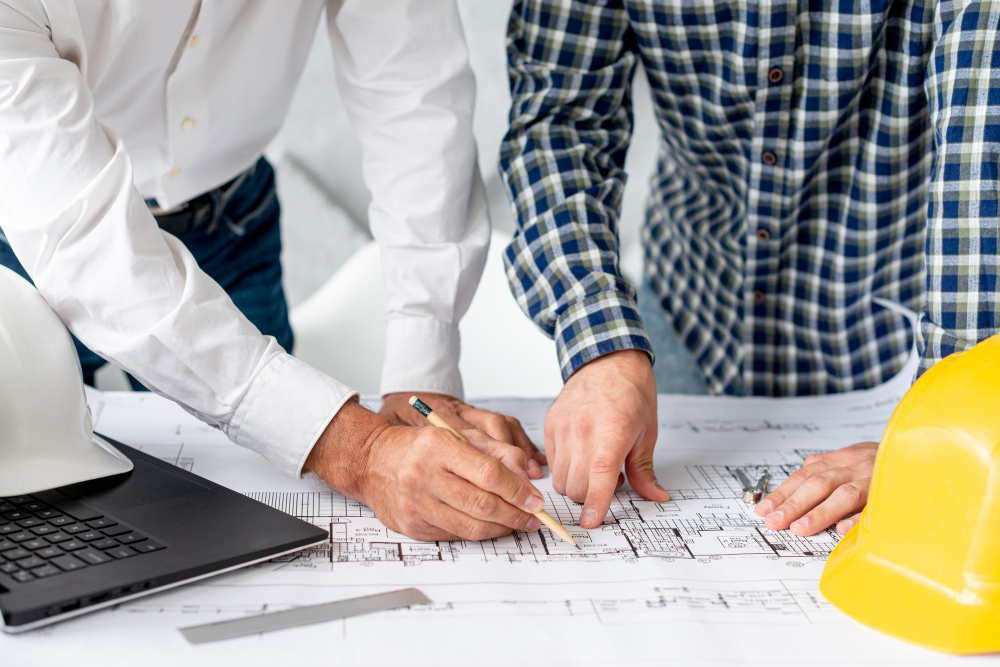Last updated on
Green construction is no longer simply a trend or a movement. It’s fast becoming the norm in today’s real estate ecosystem.
The ambition to reduce environmental carbon emissions while maintaining high-quality workmanship prompts contractors to adopt more sustainable, eco-friendly practices in various areas. This includes welding – a critical process in many construction projects.
Here’s an overview of sustainable welding practices for eco-friendly construction that beginners ought to know.
Using Weldable Primer
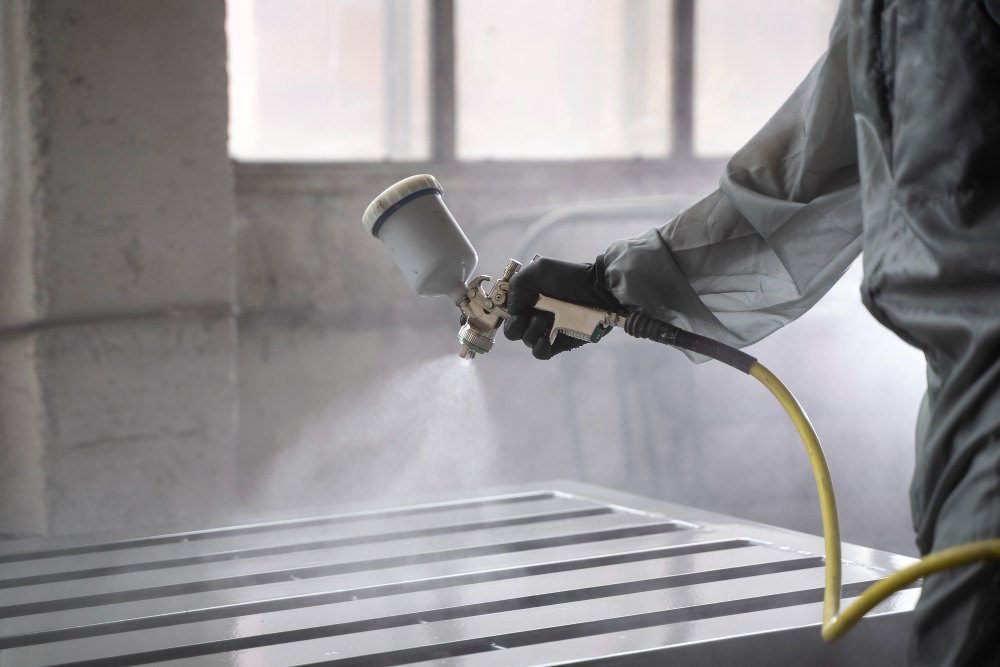
In the realm of eco-friendly welding, one notable practice involves using weldable primers. These are paint-like coatings applied to steel before welding. They guard metal against corrosion and prolong its usage.
As the folks from The Steel Supply Co iterate, a weldable primer is a Zinc-containing coating applied to steel, which makes your welds more resistant to rusting and corrosion.
These primers reduce waste by preventing premature deterioration, making them an important part of sustainable construction practices.
Choose Eco-friendly Welding Equipment and Tools
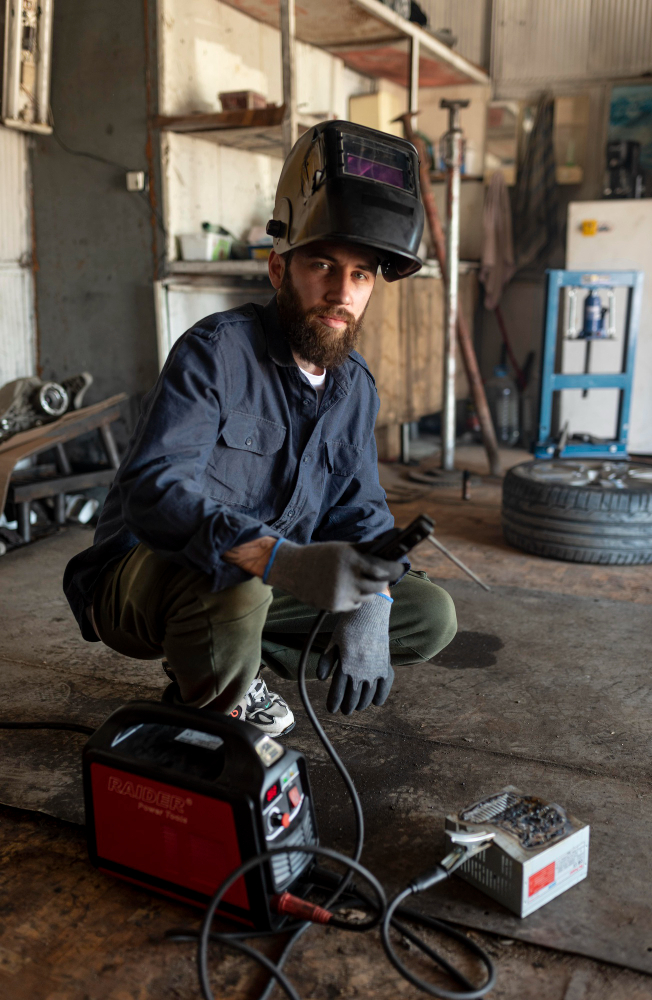
When starting on the path to sustainable welding, you cannot ignore the significance of your tools. Start with selecting equipment designed for energy efficiency and longevity.
For example, inverter welders use much less power compared to traditional ones, which helps in reducing CO2 emissions. Additionally, pick tools that are made from recycled or recyclable materials whenever possible.
This particular choice lessens the environmental impact and promotes a circular economy within the industry.
Learn Energy-efficient Welding Techniques in Construction
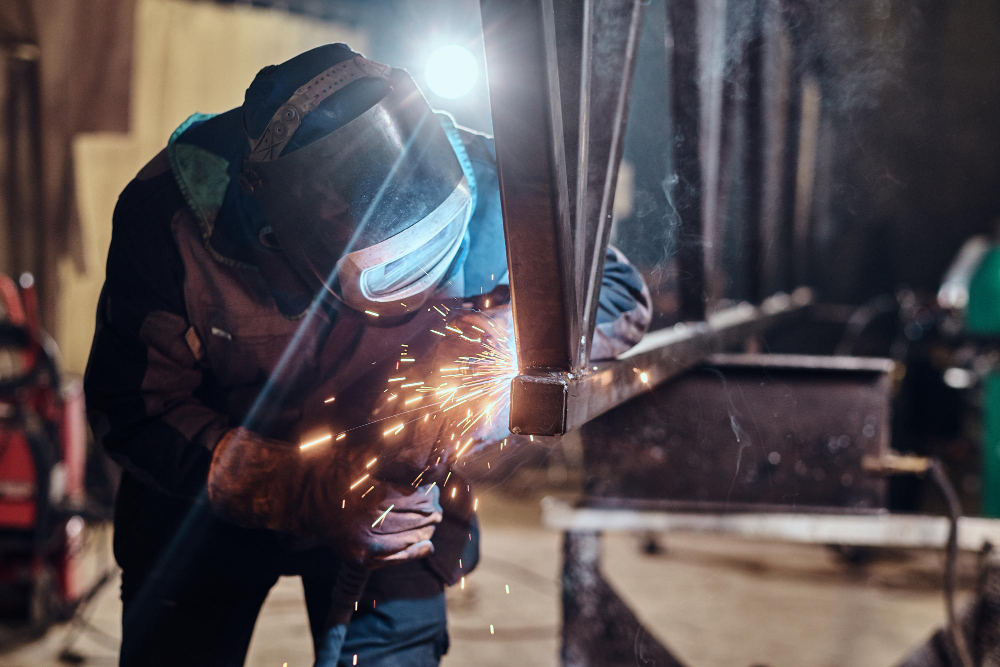
Achieving a more sustainable and eco-friendly construction site goes beyond choosing green building materials.
It requires weighing in to determine which welding technique fits the bill without compromising quality. Why not enroll in combination welding training?
For Eco-friendly construction, your options may include:
TIG Welding
An energy-efficient welding practice worth considering is TIG (Tungsten Inert Gas) welding. It’s known for its lower power consumption and higher precision compared to other methods.
MIG Welding
Another notable technique is MIG (Metal Inert Gas) welding, which causes fewer emissions due to its efficiency in using shielding gas. It’s a cleaner, more sustainable choice.
Laser Beam and Electron Beam Welding
More advanced techniques like Laser Beam and Electron Beam welding are also remarkable for their minimal energy use and high accuracy.
Regulated Metal Deposition (RMD)
The Regulated Metal Deposition (RMD) method is another eco-friendly technology that promotes less spatter and waste during the process.
Avoiding Waste in the Welding Process
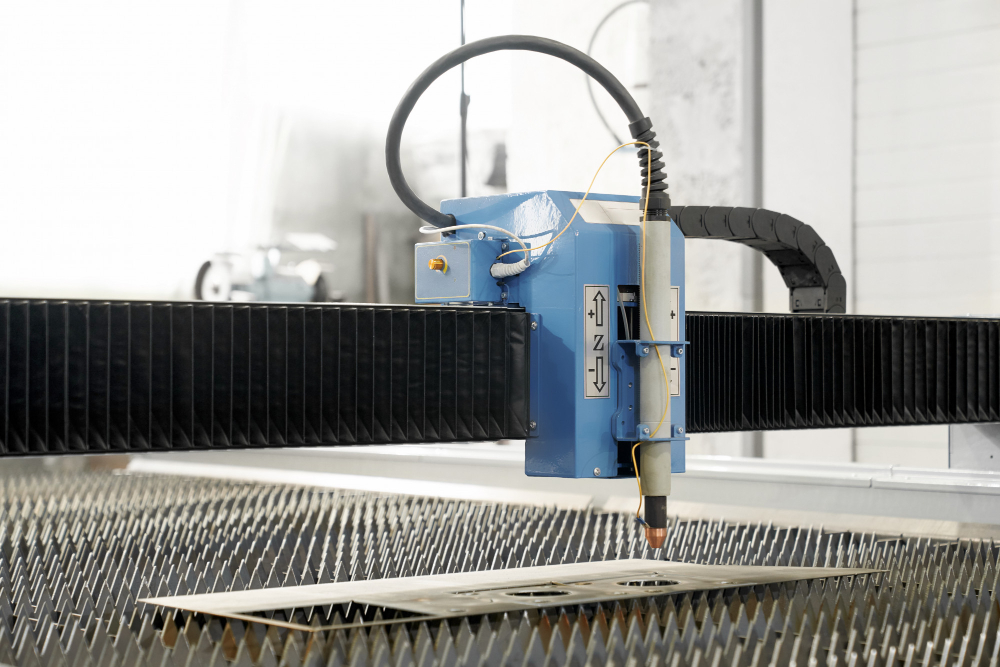
Managing waste in the welding process is crucial. Here are some ways to minimize scrap and extend resource life:
- Using precision machinery: Tools like CNC plasma cutters help create exact cuts, reducing scrap metal. In the wheels manufacturing sector, the near net shape approach allows for further minimization of material usage and enhances the efficiency of the manufacturing process.
- Continual training: Keeping welders updated about new techniques helps minimize errors, which can lead to wastage.
- Proper planning: Drafting detailed blueprints before starting work can help reduce mistakes and unnecessary waste.
- Recycling scraps: Rather than discarding leftover pieces, you can recycle metal scraps for future projects or sell them to recyclers.
By adopting these strategies, constructors not only operate more sustainably but also significantly reduce project costs.
Reusing and Recycling Materials in Construction Welding
Embracing a circular economy approach in welding operations can yield significant environmental benefits. Old parts and metal pieces can often be reused in new projects, reducing the need for fresh resources.
For instance, surplus steel from previous construction work can be reprocessed and used again.
Alternatively, consider practices like flux recycling. This involves collecting the slag produced during welding, refining it, and using it as a flux for future projects.
Applying such strategies cuts waste production while promoting a more sustainable welding process.
Embracing sustainable welding practices in eco-friendly construction is more than just a responsible choice… it’s also a smart one! Not only does it contribute to a healthier planet, but it also results in cost savings and improved weld quality. Start incorporating these methods today for a greener tomorrow.
Related reading:
Table of Contents

